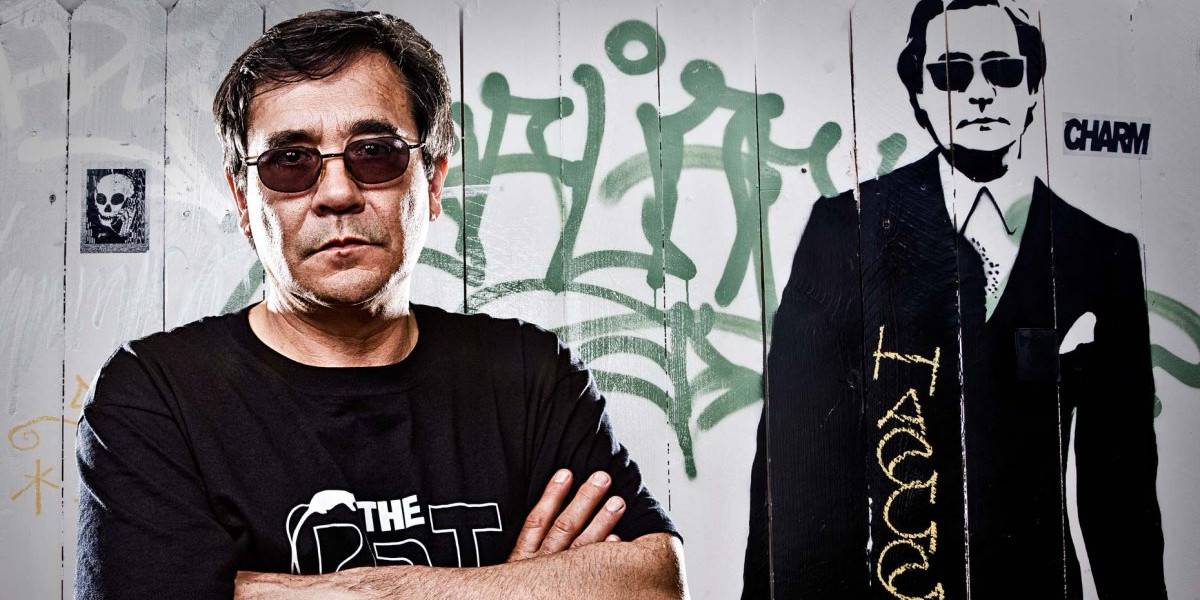

This includes the rarely used plural for graffiti, graffito. While graffiti is a type of street art, there are a few other names for graffiti. It’s thought the term was first coined in the 1850s when the graffiti and graffiti writing in Pompeii was discovered. The name graffiti is derived from the Italian word “graffio” meaning scratch. Stencil art, a central graffiti style, took root with John Fekner in 1968 and was perfected and popularized by artists including Blek le Rat, Banksy, and Shepard Fairey in the decades to follow. Artists such as Keith Haring and Jean-Michel Basquiat (SOMA) were critical to the movement, in particular, a shift away from text-based works to imagery and figures. New York became the center of the graffiti boom, starting in the 1960s and reaching critical mass in the 80s.

Germany’s Berlin Wall (1961-1989) was also an important target of street artists and has become an iconic symbol of the power and resilience of protest art.

Street Art grew into its current form out of a long tradition of public political and social protest art.Īn early example, and sometimes thought to be a starting point of contemporary street art, is the Killroy Was Here spray paintings of World War II. While it occurs around the world, many art critics contend that the form was born in New York City and continues to be the heart of Street Art.īesides NYC, many notable street art pieces have been created by French artists in the streets of Paris. When did Graffiti Become Street Art?Īlthough the history of graffiti and street art – as well as guerrilla and public protest art – can be traced back to ancient Mesopotamia, the terms ‘street art’ and ‘graffiti’ generally refer to art created since the 1960s. This type of visual art including varieties of modern graffiti, independent art, guerrilla art, post-graffiti and neo-graffiti, some kinds of mural and statuary, and even flash mob performances, guerilla gardening and yarn bombing. There are many different genres and movements that fall under the category of street art. Although street art comes in many different styles and forms, it all (usually) has one thing in common: it is created in public locations and for public visibility.


 0 kommentar(er)
0 kommentar(er)
